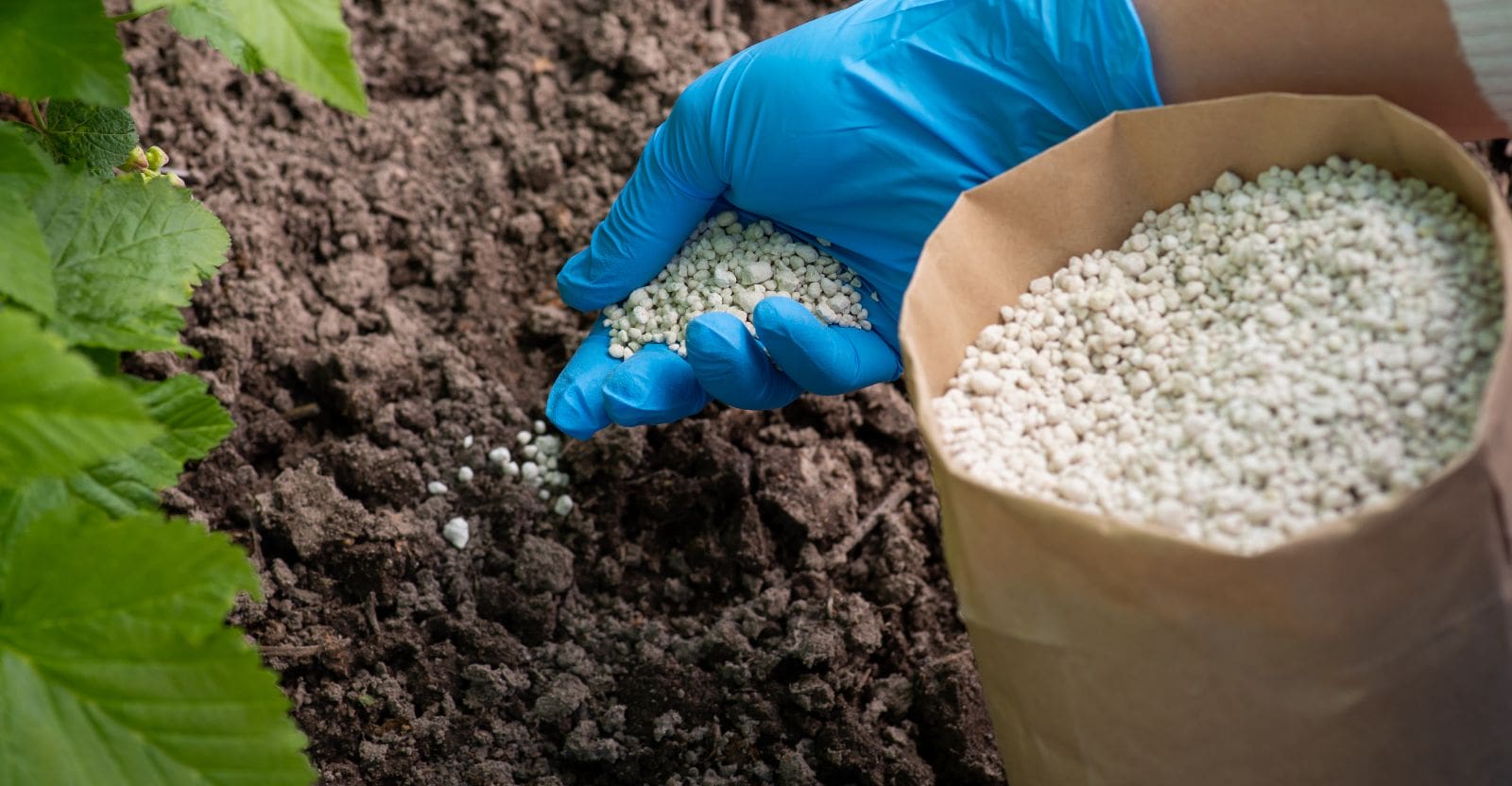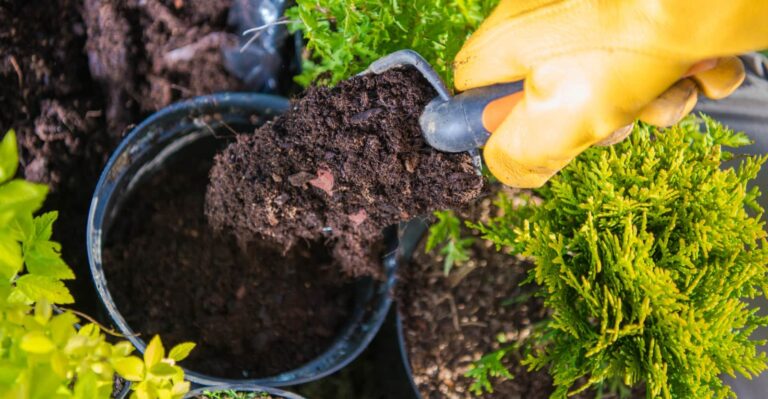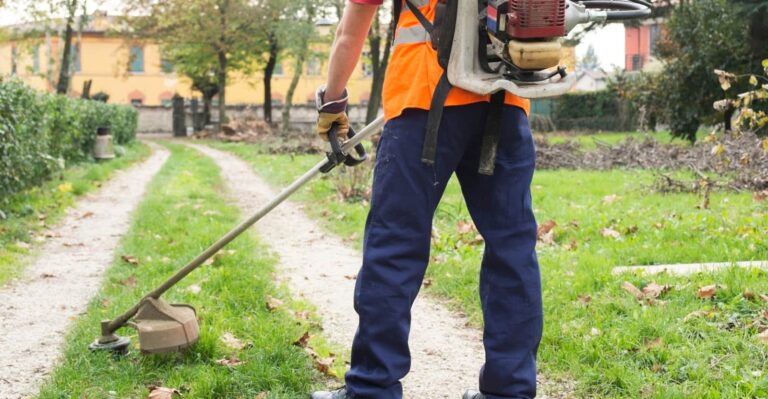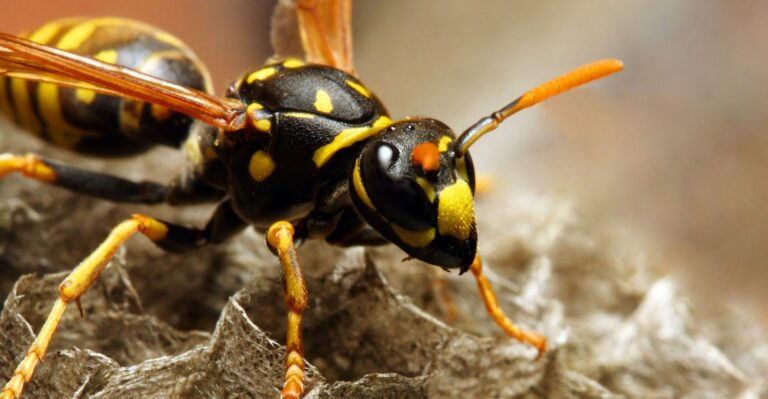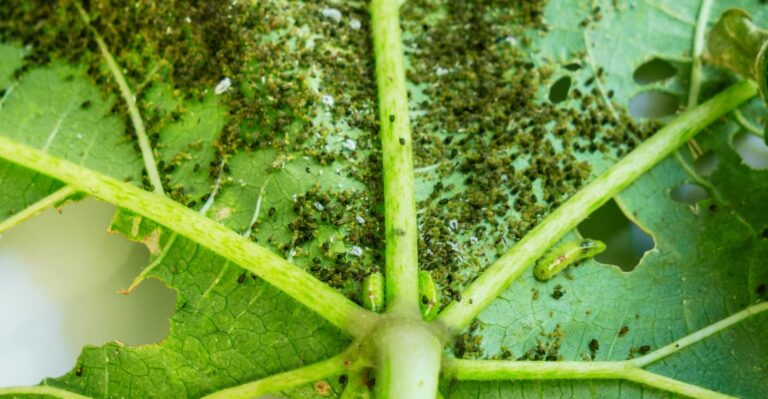Amazon has put together some great Home Gift Deals – save money and get your shopping done at the comfort of your home! Click here to see deals on Amazon
Whether you are new to gardening or a seasoned gardener, you must have heard about the bone meal fertilizer. Now you may have not used it in your garden yet or used it but have no idea what it was.
So, if you want to know more about the bone meal fertilizer, and whether it’s suitable for your garden, then you have come to the right place.
Read on, and we’ll explain everything you need to know to get started using a bone meal to get a lush green, healthy garden.
What Is A Bone Meal?
Bone meal is an organic fertilizer for plants made from animal bones. Plants need phosphorus and calcium to grow healthy. And interestingly, the bone is rich in these two minerals.
The bone meal is made by steaming and then crushing the animal bones. Then it’s used as an organic fertilizer for plants. This is great for recycling organic waste that would otherwise end in a landfill.
The agricultural and gardening use of bone meal has a significant environmental and economic impact. The use of bone meal as fertilizer amends the soil that, as a result, helps with the growth of plants and vegetables.
What Is A Chemical Composition Of Bonemeal?
The bone meal contains minerals such as nitrogen, phosphorous, and calcium that help with the growth of the plant. Many bonemeal products also refer to it as Meat and Bone Meal (MBM).
Studies have shown that the use of MBM in growing crops such as spring wheat and barely resulted in a significant increase in the yield.
The amount of calcium, phosphate, and nitrogen depends on the type of animal bone and age. A bone meal made from younger animals has a higher percentage of minerals than old-aged animals.
The way it is prepared also affects the chemical composition of bone meal. For example, the unprocessed bone meal contains a higher 2 to 4 percent nitrogen, whereas steamed and processed bone meal contains lesser 1 to 2 percent nitrogen.
When buying it, read the label that is usually numbered. For example, if the label says 10-10-10, then it means it contains 10% nitrogen, 10% phosphorous, and 10% potash. These are called the N-P-K ratio. Most bone meal contains 12 to 16% phosphorous.
How Is Bone Meal Made
Bone meal can be made from any animal that has a large number of bones. If you are buying a bone meal from a local garden store, then these are typically made from beef bones. These bones are usually supplied by the slaughterhouse to the organic fertilizer manufacturers, who then further process them.
But before these bones can be crushed in a bonemeal powder, these bones are sterilized to eliminate bacteria and microbes.
Some years ago, there was widespread Mad Cow disease in the bovine animals that made people get cautious if it contains Bovine Spongiform Encephalopathy (BSE) and whether it was safe to use it in the plants.
There are lots of safeguards in place to not let BSE get into bone meal production. Manufacturers have to test the bone meal supply for any disease, and if found infected, then it’s not used further. Moreover, the plants, in reality, don’t absorb the BSE, so it does not get transferred to the plant.
If you are worried about BSE, then you can wear protective equipment such as a mask and gloves when handling it or choose an alternative bone meal that is not made from cow bones.
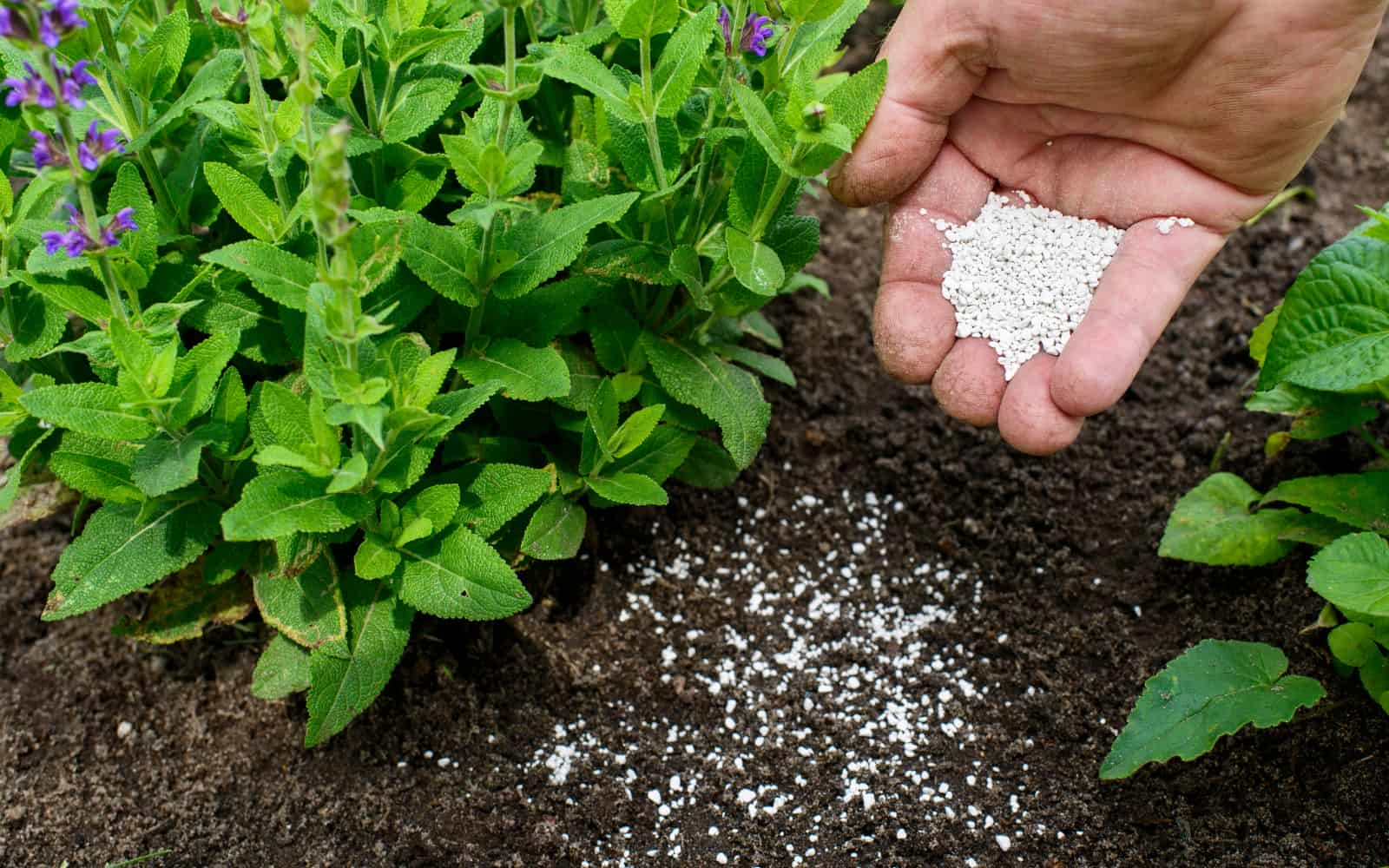
Organic Bone Meal Fertilizer Benefits for Plants
If you are wondering whether you should use organic bone meal fertilizers in your plant, then here are some of the reasons that you should:
Rich Source of Phosphorous
Phosphorous is essential for plants as it helps with the growth and overall health of the plant. It contains a rich source of phosphorous, and the powdered form in the bone meal makes it easy to get absorbed by the soil.
A healthy dose of phosphorus in the plant helps with photosynthesis, respiration, cell division, and the overall growth of the plant.
Rich Source Of Calcium
The plant uses calcium that helps flower plants such as roses, bulbs, and lilies, including root vegetables such as carrots and onions to grow healthier and stronger.
The bone meal contains the right amount of calcium that helps with flower bloom and strengthening its roots. The healthy and stronger root growth improves plant stability and provides nutrients to every part of the plant.
Slow-Release Fertilizer
Bone meal is a slow-release fertilizer that helps the plant to use nutrients as it needs. This also means that you don’t have to keep fertilizing your garden often.
Organic Gardening
The bone meal does not contain any artificial additives as the main ingredient is the raw bones of animals.
This helps improve the soil composition for organic gardening, and you don’t need to add any more fertilizers further. The microbes in the soil remain healthy due to the natural biological decomposition process and maintain the proper nutrients in the ground.
Faster Blooming
Phosphorous is the main ingredient that is used by the plant to help bloom. If you have plants in your garden such as rose, hydrangea, and lilies that are not blooming, then using them can help the plant start blooming.
To be effective, use it in the early season, so the plant has enough time to utilize the absorbed phosphorus in the soil, and you get brighter and more prominent blooms.
Don’t use bone meal or other fertilizers that contain phosphorous on the Protea family of plants such as Leucospermum, Grevillea, Banksia, and Leucadendron plants. These plants do not like the over-presence of phosphorous.
Soil Conditioner
The bone meal helps to condition the soil and improves soil fertility and physical quality. The improved land helps with the growth of plants and allows more fruiting and flowering of the plant.
How To Use Bone Meal In Plants
To use a bone meal in the plants, you have to make sure that your garden will benefit from its use. You can do the soil test to determine the nutrient level in the soil and then find out the level of calcium and phosphorous present in the ground.
You can use the Atree Soil pH meter, as its multifunctional 3-in-1 soil tester kit can measure moisture, light, and pH test on the garden without needing any battery.
Plants need phosphorus to grow. When the soil is low in phosphorous, it makes the plant release organic acids from its root tips. These acids allow the mycorrhizal fungi to penetrate the root and become a parasite to the plant, sucking up the water and nutrients.
The bone meal contains a large concentration of phosphorous that does not allow the plant to release organic acids from its root to get infected by the mycorrhizal fungi. This helps the plant to fully utilize the nutrients provided to it and helps with the growth.
However, keep in mind that although phosphorous is suitable for plants, you don’t want to overfeed it to plants. Excess phosphorus in the soil makes it difficult for plants to absorb other essential nutrients such as zinc and iron.
That’s why you must do the soil test before using the bone meal so you can use it in the right proportion. You can know the phosphorus level in the soil by measuring the pH level of the ground.
The pH level of the land should be below 7 for you to apply the bone meal. The higher pH level makes it difficult for the plant to absorb phosphorous. You may have to do soil conditioning to bring it to the correct pH level before applying it.
Once you are ready to apply bone meal fertilizer to the plant, use 10 pounds for every 100 square feet of the soil. The bone meal is released slowly in the ground, and the plant uses it as it needs more nutrients.
You can further mix the bone meal with organic compost to bring the right nutrient balance. For example, if you need more nitrogen in the soil, then you can mix it with the compost that has a nigh nitrogen ratio but lower in phosphorous to make it a balanced fertilizer ratio for the plant.
Can Bone Meal Burn Plants
A large amount of bone meal in the soil may cause the land to have an excessive amount of phosphorus and calcium.
Although these two minerals help with the overall health and growth of the plant, the excess amount can make the plant not able to absorb other minerals. The use of an excessive amount of bone meal or blood meal may cause the plant to get burned and not grow sufficiently.
This is why it’s essential that you first test the soil before using a bone meal. If you don’t want to check the ground, then start using it in a limited quantity and see how the plants react to it.
Is Bone Meal Harmful To Pets
The bone meal contains a very concentrated number of minerals, such as calcium and phosphorous. When bone meal is consumed by pets, it may cause the pet to become ill. The formulation of bone meal and blood meal is not intended for consumption by animals or humans.
Moreover, it also contains a high degree of iron, especially blood meal, that may cause iron toxicity. The damage may depend on the amount ingested by the animal.
For example, if a pet eats a small amount of bone meal, then it may have a stomach upset. But significant ingestion may cause drooling, vomiting, bloating, and pain in the abdomen. If you see these symptoms in your pet, then you should take it to the veterinarian.
You must keep fertilizers away from the reach of pets. The open fertilizers also have a substantial chance of generating molds that may also cause mold poisoning and develop seizures or tremors in the animal.
To treat pets with bone meal poisoning, the biggest concern is the irritation or enlargement of the pancreas of the pet. Depending on the amount ingested by the pet, sometimes it becomes necessary to induce vomiting or attempt gastric lavage to flush it out.
In extreme cases, if the bone meal has hardened inside the stomach of a pet, then surgery may be required to flush it out.
How To Make A Homemade Bone Meal Fertilizer
You have the option to buy a pre-made bone meal from the local garden store. Still, you may be interested in making your own homemade bonemeal to have extra assurance that you are not getting additional additives.
You have better control over the ingredients when making a homemade bone meal. Also, if you can use the bones from your livestock for the right use.
Step 1: Clean The Bone
To get started, we recommend that you use beef bones due to higher bone density than other animals such as chicken or pork. Once you have enough quantity of bone, you need to soften the bone and also sterilize it.
You can boil the bones in a pressure cooker or put them in the grill for 15 to 20 minutes and then let them simmer at slow heat for a couple of hours. Once the bone has softened, you can easily remove any meat or fat tissue from the bone.
Step 2: Dry The Bone
Now you need to get the bone dry, and you can put the cleaned-out bones in the oven and set the temperatures 400–450 degrees Fahrenheit.
Keep checking the bones, so it does not get burned. Once the bones become dry and fragile in an hour, take them out and let them cool down.
Step 3: Grind The Bone
The dried bone is ready to be crushed now. You can place it on the plastic sheet and use a hammer to make it into small pieces.
If you have access to mortar and pestle, then you can also grind it in tiny fine pieces.
Step 4: Pack The Bone
Use a sealed plastic bag and store your bone meal in it. Store it at a dry place away from the reach of pets and children.
Note:
Many people call liquid organic compost containing bone meal as bone meal tea. It’s made by mixing two tablespoons of bone meal in every gallon of fertilizer. Then mix it correctly to get a homogenous liquid solution. You can then use the bone meal tea to apply directly to the soil or sprinkle lightly on the foliage.
Where Can You Buy Bone Meal?
You can buy the bone meal from your local garden shops such as Home Depot, Lowes, or Walmart. But its availability may depend on the gardening season. If you can’t find it from your local garden store, then don’t despair as you can always order it online such as Amazon.
You can choose Burpee Organic Bone Meal fertilizer that comes in a sealed 3-pound bag or Jobe’s Bone Meal that comes in a 4-pound zip lock bag.
Regardless of which bone meal you order, you can apply it, mix it in the soil, or selectively apply it around the plant. You can dig the hole in the ground where you plant it and sprinkle a small amount of bone meal at the planting cover.
Cover the bulb loosely and then sprinkle a small dose of bone meal at the top surface. You can use the amount based on the manufacturer’s recommendation.
Rake the soil with mulch to hide it from the rodents and prevent pets from eating it. Then lightly water the ground where you have applied the bone meal.
What Are The Bone Meal Alternatives?
Bone meal is not an organic compost as it’s a highly concentrated mineral source made from bones. Also, if you decide to use the bone meal in your garden and don’t cover it or mix it properly, then the smell attracts other animals such as rats, skunks, and raccoons. These animals may come and dig up your garden and destroy your plant.
As an alternative to bone meal, you can use options such as organic compost or all-purpose organic fertilizers. You can mix it together to provide the required level of nutrients to the plant.
You can also use a Soybean meal fertilizer as it has an N-P-K ratio of 7-1-2 and is equally nutritious as a bone meal.
Bone meals are to be handled with caution as improper disposal may cause damage to the environment. Having too much bone meal in the soil increases the phosphorous concentration that during rain or watering of the plant can sweep into the water ponds.
The excess phosphorus in the water causes eutrophication that grows the algae in the pond, which depletes oxygen and harms the other aquatic plants and animals.
What’s The Difference Between Bone Meal And Blood Meal?
Both bone meals and blood meals are made from animal parts that come as a by-product of the meat industry. The main difference comes from the number of minerals present in each fertilizer.
Bone meal is a good source of Phosphorous whereas Blood meal is a good source of Nitrogen. You should use the fertilizer depending on the type of mineral lacking in the soil.
The Nitrogen in the blood meal also helps with conditioning soil that is too alkaline by lowering the pH.
Conclusion
Applying a bone meal in the soil or directly to the plant is a natural and quick way to boost the nutrient level in the ground. This helps with the plant growth and, in some cases, helps it bloom. The slow release of fertilizing nutrients helps with the optimal growth in the plant.
You have lots of flexibility in making your own homemade bone meal or just buying it pre-made. Just make sure you don’t overuse and keep it away from your pets and children.
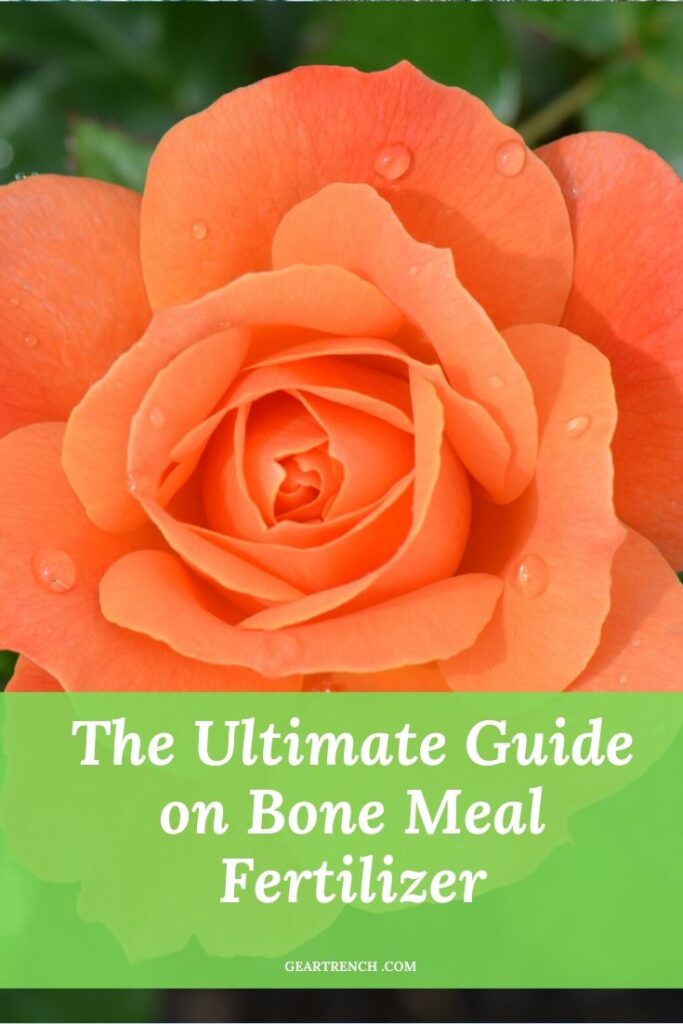
Don’t forget to share this post

